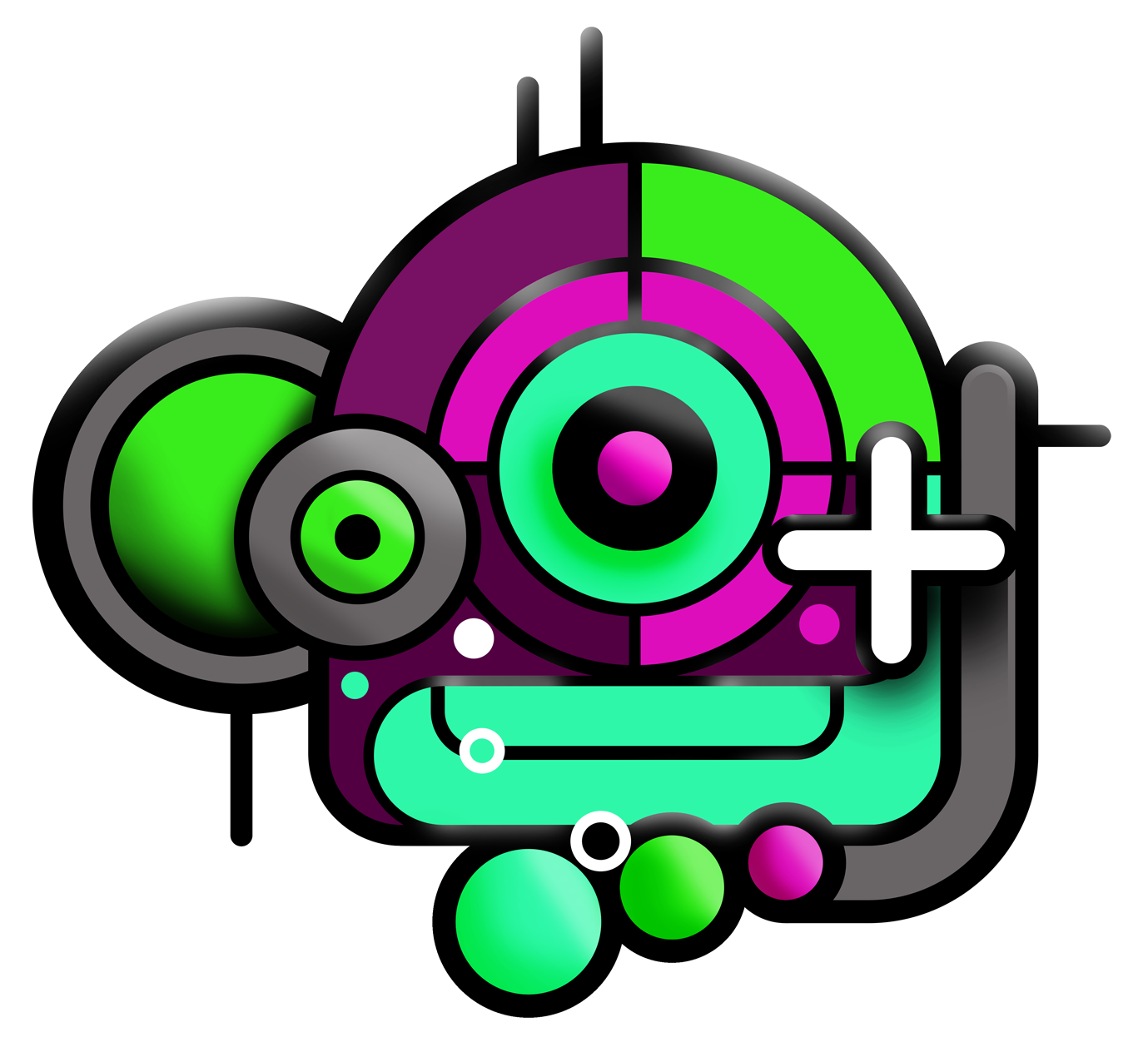In boardrooms across the world, executives are grappling with the pressure to define their AI strategy. But while their eyes are fixed on the horizon—tracking roadmaps, forecasts, and disruption—they often overlook what’s already unfolding inside their organisations: the invisible adoption of artificial intelligence at the ground level.
This phenomenon, which we call the “Shadow Stack”, refers to the unsanctioned or untracked use of AI tools by employees across departments. It’s happening everywhere—from marketing interns prompting ChatGPT for copy, to analysts building Midjourney-powered visuals, to operations teams quietly streamlining processes through automation platforms.
And yet, most leadership teams don’t know it’s happening.
Unsupervised Innovation or Unseen Risk?
In many ways, the shadow stack is born out of good intent. Team members, under pressure to produce more with less, are turning to free or low-cost AI tools to increase efficiency and creativity. It’s grassroots innovation in motion.
But this innovation comes at a price.
Unmonitored AI use exposes companies to intellectual property breaches, compliance risks, data leaks, and inconsistent quality control. More importantly, it fosters a culture where the most transformative technology of our time is being wielded without guardrails—by those with the least context for its ethical, legal, or strategic implications.
A Cultural Issue Disguised as a Technical One
The true danger of the shadow stack is not technical—it’s cultural. It signals a widening gap between leadership and frontline teams. It reveals how disconnected many organisations are from the lived reality of their own workforce.
When employees adopt AI in the shadows, they’re sending a signal: “We don’t feel empowered or informed enough to bring this into the light.” That’s a governance issue. But it’s also a trust issue. And it speaks to a deeper truth—many companies still view AI as a technology project, not a human change.
The Case for AI Discovery and Disclosure
At Humaine, we believe the first step towards responsible AI adoption isn’t implementation—it’s discovery. Organisations must map their AI reality before they attempt to build their AI future.
This requires:
- Listening workshops with teams to uncover hidden tools and workarounds.
- Audits of AI touchpoints across departments—what’s being used, by whom, and why.
- Policy development that’s adaptive, not authoritarian—co-created with the people who use the tools daily.
This is not about surveillance. It’s about understanding. And it’s about closing the gap between intent and practice, strategy and culture.
A New Kind of Inventory
In traditional IT, asset inventories track software licences and servers. But in the AI era, we need something more subtle: an inventory of behaviours, intentions, and micro-decisions that shape how AI enters the bloodstream of an organisation.
The companies that succeed won’t be the ones with the flashiest generative models. They’ll be the ones that see clearly—who understand their people, their tools, and the complex dance between them.
In short, they’ll be the companies who take their shadow stack and bring it into the light—not to punish, but to learn.
Need a marketing agency? One that harnesses the power of AI for efficiency and results? And, most importantly, one driven by people who care about other people, the planet, and society?
At Humaine, we blend AI with human expertise to deliver smarter, faster, and more impactful outcomes—because the future of business isn’t just about profit; it’s about purpose.
Extraordinary Together.







